Meta Quest Pro Review: Meta's best VR headset
Meta Quest Pro Review: Meta's best VR headset
In the immersive world of virtual reality, there are a handful of names that consistently push the boundaries of what's possible. Among them is Meta, which has been striving relentlessly to redefine the VR experience for users worldwide. Their newest offering, the Meta Quest Pro, represents the culmination of years of research, development, and consumer feedback, all wrapped up in one neat package.
As we dive into the depths of this sleek, cutting-edge VR headset, we'll explore the highs, lows, and in-betweens that make it a standout in an increasingly competitive field. Sit back, strap in, and join us as we venture into the virtual world of the Meta Quest Pro and discover why it's being hailed as Meta's best VR headset to date.
Technical Specifications and Features
The Meta Quest Pro packs a powerful punch when it comes to its hardware specifications. Let's begin by dissecting the technical aspects that make this VR headset a standout.
To start with, the Meta Quest Pro is powered by a custom Qualcomm Snapdragon XR2 plus processor, a significant upgrade from the Snapdragon XR2 found in its predecessor. It ensures a smooth and responsive experience, reducing latency and providing increased computing capabilities.
The headset boasts a stunning resolution of 1832 x 1920 pixels per eye with a 90Hz refresh rate. This upgrade translates into a crisper, more detailed virtual environment that's sure to leave users spellbound.
Equipped with 12GB of RAM, the Quest Pro can handle demanding applications and games with relative ease. As for storage, the headset comes in a variant with 256GB, providing ample space for a variety of games and apps.
Now, let's talk about the key features that set the Meta Quest Pro apart.
First and foremost, the device includes eye-tracking technology, a first for Meta's Quest series. This feature opens up new possibilities for interaction within VR, including more realistic avatar eye movement and potentially improved foveated rendering, which enhances image quality where the user is directly looking.
Another significant addition is the incorporation of face tracking, which captures facial expressions and maps them onto your VR avatar in real time. It leads to a more immersive and social experience, especially in multiplayer scenarios.
The headset also includes Wi-Fi 6E support for faster and more stable internet connections, crucial for multiplayer gaming and streaming high-quality VR content. Not to mention, the battery life has been improved, with an estimated 3-4 hours of playtime depending on the intensity of use.
From a comfort perspective, the Meta Quest Pro has seen some design refinements, including an adjustable strap with enhanced padding, making those prolonged VR sessions more comfortable.
Design and Build
The Meta Quest Pro comes in a slick moulded black casing, which is a departure from the crisp white packaging of the Meta Quest 2. The headset includes two controllers, a charging lead, a protective cover, and light blockers, which help alleviate any queasiness caused by open peripheral vision.
The headset is fairly heavy, at 722g with a strap, which may become uncomfortable after a relatively short stretch in VR. The bundled light blockers help, but a full light blocker comes at an extra cost of $50.
Setting Up and User Experience
Stepping into the world of Meta Quest Pro begins with the setup, a process that Meta has continually refined to be as smooth and user-friendly as possible.
On unboxing the headset, users are guided through the setup process via the Meta Quest app, available for both Android and iOS devices. Once the app is installed and the headset is powered on, the app automatically detects the device and prompts for pairing. You're then guided through a series of steps including Wi-Fi setup, device updates, and creating a 'Guardian' boundary for safe play. All of this is straightforward, clearly explained, and should pose no difficulties even for those new to VR.
Once set up, the Meta Quest Pro's user interface greets you. It's intuitive and easy to navigate, with a home menu that provides quick access to your game library, the store, and various settings. The device's interface smoothly integrates both hand tracking and the newly redesigned controllers, allowing users to switch between methods as they please.
Speaking of controllers, the Meta Quest Pro continues to use the Touch controllers we've seen in previous Quest models, albeit with a few tweaks. They are ergonomic and lightweight, fitting comfortably in your hands for extended periods. Their performance is commendable, providing accurate tracking and responsive input, ensuring a seamless interaction with the virtual environment.
Comfort and wearability are crucial for any VR headset, and the Meta Quest Pro has made strides in this area. The new adjustable strap with additional padding is a welcome improvement, providing better weight distribution and reducing the front-heavy feel common in many VR headsets. Meanwhile, the foam interface for the faceplate is soft and breathable, further enhancing comfort during long sessions.
The inclusion of IPD (interpupillary distance) adjustment with three settings ensures that users can find the most comfortable and clear view for their eyes, accommodating a wide range of users.
In terms of audio, the Quest Pro continues to use spatial audio speakers built into the strap, providing a decent audio experience without the need for separate headphones.
Performance Evaluation
The Meta Quest Pro, with its cutting-edge specifications, promises a lot on paper. But how well does it translate into real-world performance? In short, the device doesn't disappoint.
The Snapdragon XR2 plus processor, combined with 12GB of RAM, makes for a VR experience that is noticeably smoother and faster than previous models. Whether you're navigating the UI, loading up games, or interacting with complex environments, the Quest Pro handles it all with impressive efficiency.
Graphically, the Quest Pro shines. The higher resolution of 1920 by 1800 pixels per eye provides a level of detail that is simply stunning. Images are sharper, the text is easier to read, and the overall visual experience is more immersive. It is evident in graphically-intensive games, where the improved resolution and processing power work together to deliver a visually impressive experience.
The Pro has five outward cameras, which have four times the pixel count of the Quest 2, and five infrared eye and face trackers. These features allow for a more immersive experience, but they also have implications for privacy.
The twin controllers have their own camera sensors for a 360-degree range of motion in virtual space. Tracking works separately from the headset and is much improved from the Quest 2.
The performance of various games and applications is commendable. From action-packed games like "Beat Saber" and "Population: One" to creative apps like "Tilt Brush" and "Gravity Sketch", the Quest Pro provides a responsive and fluid experience. The device handles high-intensity moments without noticeable frame drops or latency issues, crucial for maintaining immersion in VR.
The tracking system and motion controls remain one of the standout features of Meta's VR ecosystem. The headset continues to use inside-out tracking, meaning no external sensors are required. The Quest Pro accurately captures movements, whether you're swinging a virtual sword or delicately painting in a 3D space.
Value Proposition
When it comes to pricing, the Meta Quest Pro is available at $999. The price tag, while higher than that of the Quest 2, is justified when considering the significant improvements the Quest Pro offers in terms of hardware specifications, features, and performance.
In terms of value for money, the Meta Quest Pro is a solid investment for those seeking a high-quality, standalone VR experience. Its advanced features, coupled with an expansive and growing library of games and experiences, make it an appealing option for both new users and those looking to upgrade from an older model.
So, who is this headset best suited for? Given its balance of price, features, and performance, the Quest Pro is a good fit for a wide range of users. VR enthusiasts looking for the best standalone experience will appreciate its advanced features and performance. Casual gamers and newcomers to VR will find it an accessible and future-proof option, while experienced gamers will enjoy the expanded game library and the improved graphics and processing power




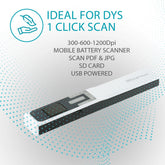

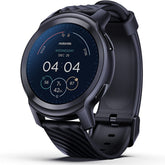
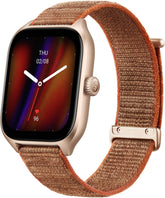
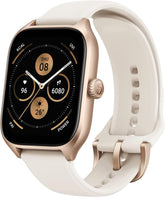
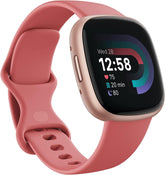

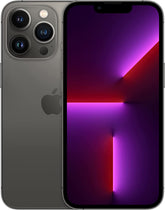
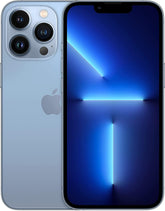
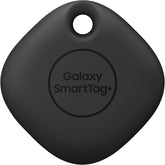

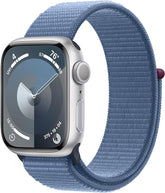

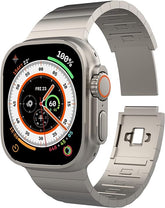
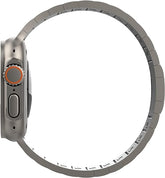
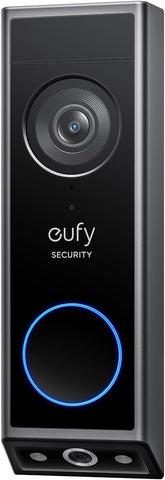

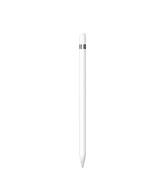

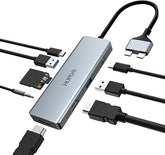
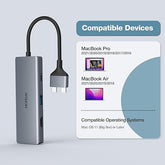
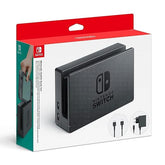
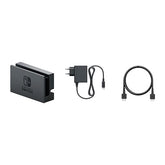
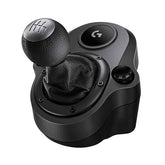
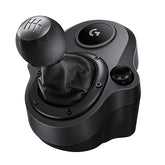
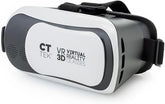
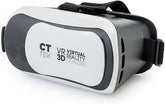
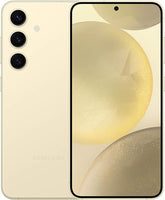
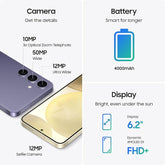
![["B0B1L87TMY"]](http://smarttechshopping.com/cdn/shop/products/7110BNil-dL._AC_SL1500_165x.jpg?v=1695449139)
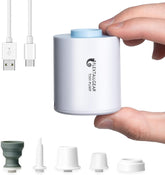
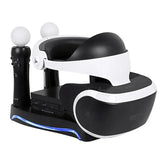





Leave a comment
Please note, comments need to be approved before they are published.